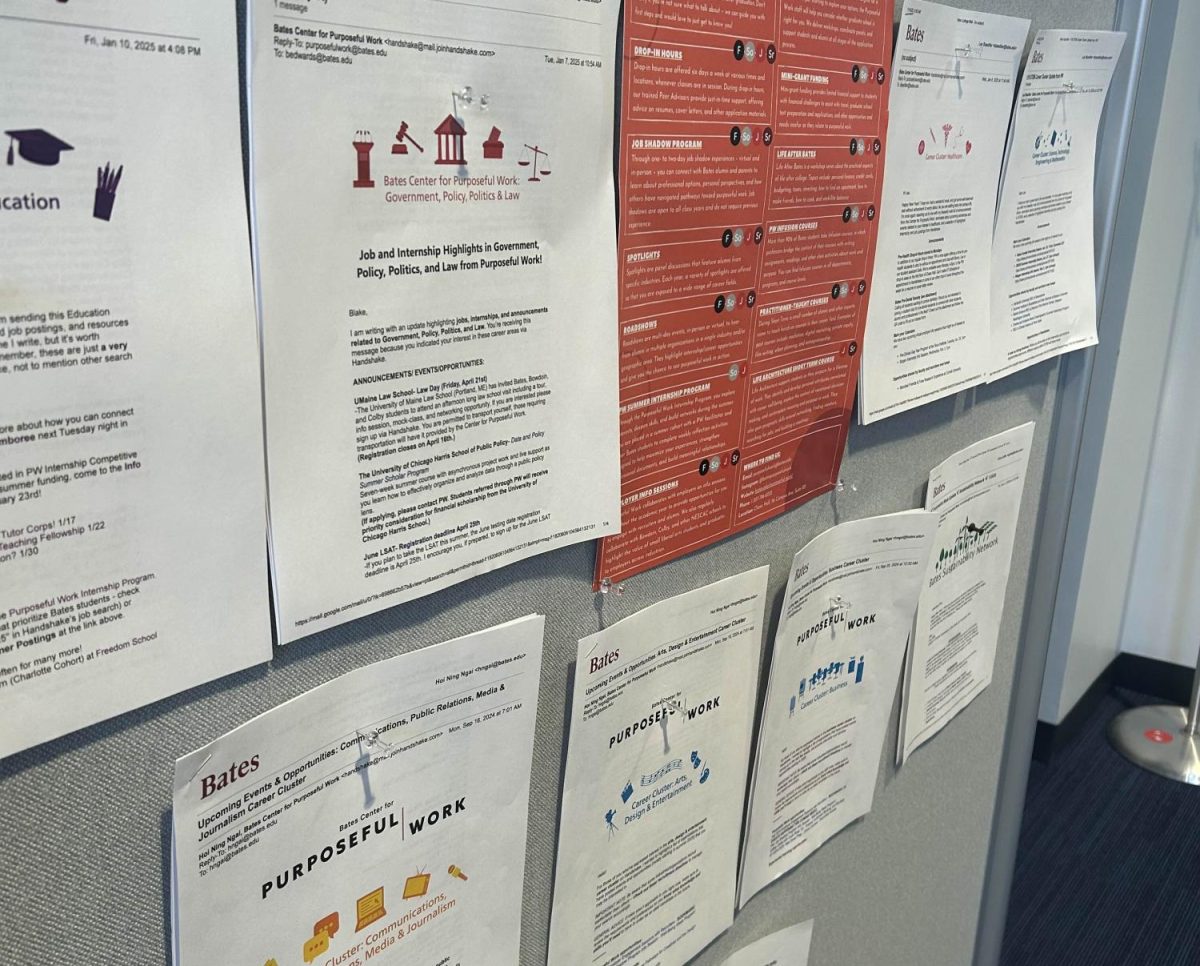Whoever takes the oath on January 20 will face the daunting challenge of stabilizing the unsustainable levels of debt that our nation continues to accumulate. During the last four years, the debt has increased by six trillion dollars. The growing costs of entitlements such as Medicare and Social Security will only make this problem more difficult to solve.
“Because the interest payments on our debt will continue to eat up a larger slice of the federal budget, our generation will have to work to pay for the current lifestyles of our parents and grandparents,” said Cam Kaubris ’15.
Unless policy makers take drastic action within the next few years, we will condemn ourselves to a similar fate that nations such as Greece and Spain currently face.
Both candidates have acknowledged the need to address this looming crisis. President Obama argues he will lower our deficits in a “balanced” manner, through a series of tax increases and spending cuts. Governor Romney, in contrast, has committed to balance the budget solely through spending cuts. In addition, Romney has proposed to cut tax rates across the board twenty percent while offsetting the lost revenue by closing loopholes and deductions within the tax code which disproportionately benefit the wealthy.
The President claims this approach will ensure the burden of deficit reduction falls primarily on lower and middle class Americans.
However, the President fails to understand the potential boom in revenue which Romney’s tax plan will bring to the treasury. In fact, the best kept secret about revenue-neutral tax reform seems to be that it is not revenue neutral. As marginal tax rates fall, people have a greater incentive to work longer hours, receive compensation in the form of taxable income rather than tax-free benefits, and move their money from unproductive tax-free bonds to productive and taxed investments such as stocks.
Eliminating deductions and loopholes will also drastically simplify the tax code. Therefore, businesses and individuals will be able to spend less time and money complying with the complexity of the tax code. The result of these behavioral changes will not only produce growth and create jobs, but also generate crucial revenue.
The type of approach has been tried in the past with great success. President Reagan and Democrat House Speaker Tip O’Neill worked together to pass the Tax Reform Act of 1986, which serves as the model for Romney’s plan.
This law reduced the top marginal tax rate from 50 percent to 28 percent. By 1989, revenues from the “personal income taxes increased 28 percent.
In addition, “the share paid by the top 10 percent jumped to 57.2 percent from 48 percent of total income tax revenues.”
This same trend has been repeated after the Coolidge, Kennedy, and Bush tax cuts. Ironically, the Romney tax plan has the potential to increase revenue and the progressivity of the tax code – the two main goals of President Obama’s proposal. In contrast, the President’s pledge to raise marginal tax rates on the wealthy will disrupt growth, job creation, and raise significantly less revenue than expected. Perhaps, if the President is searching for “balance” he should look at Governor Romney’s proposal.








